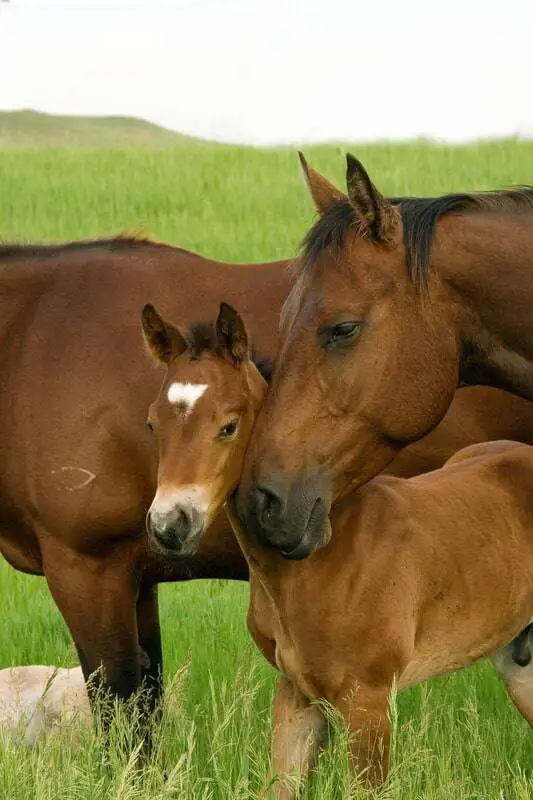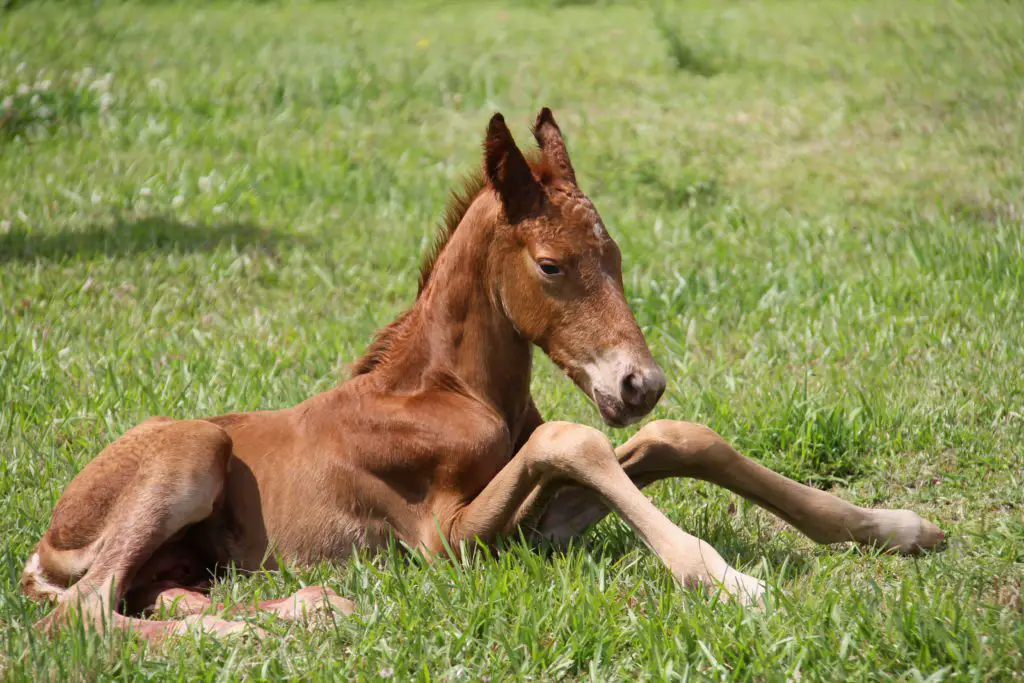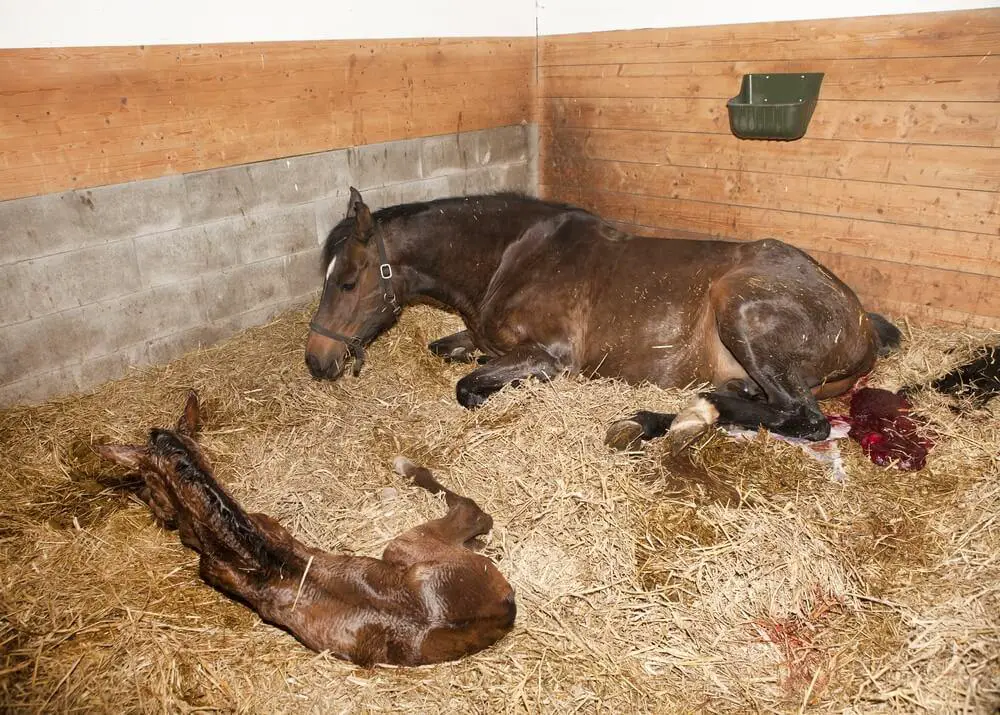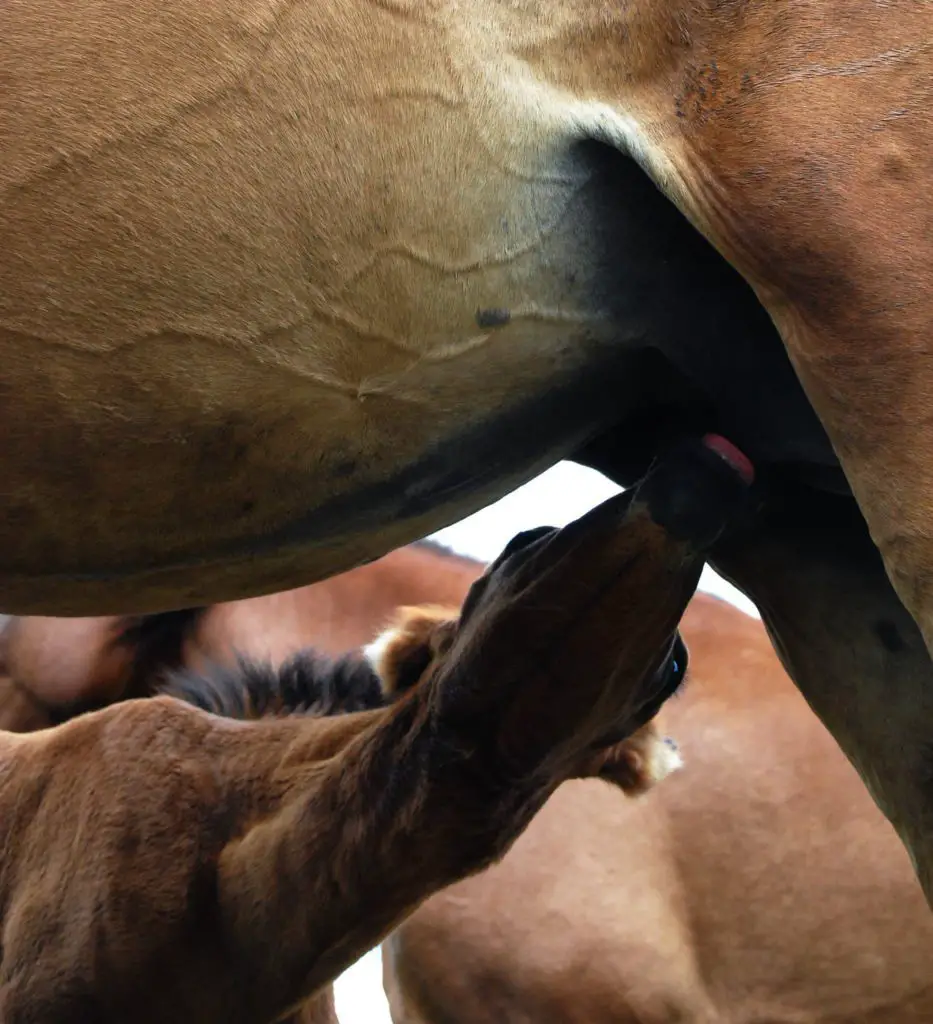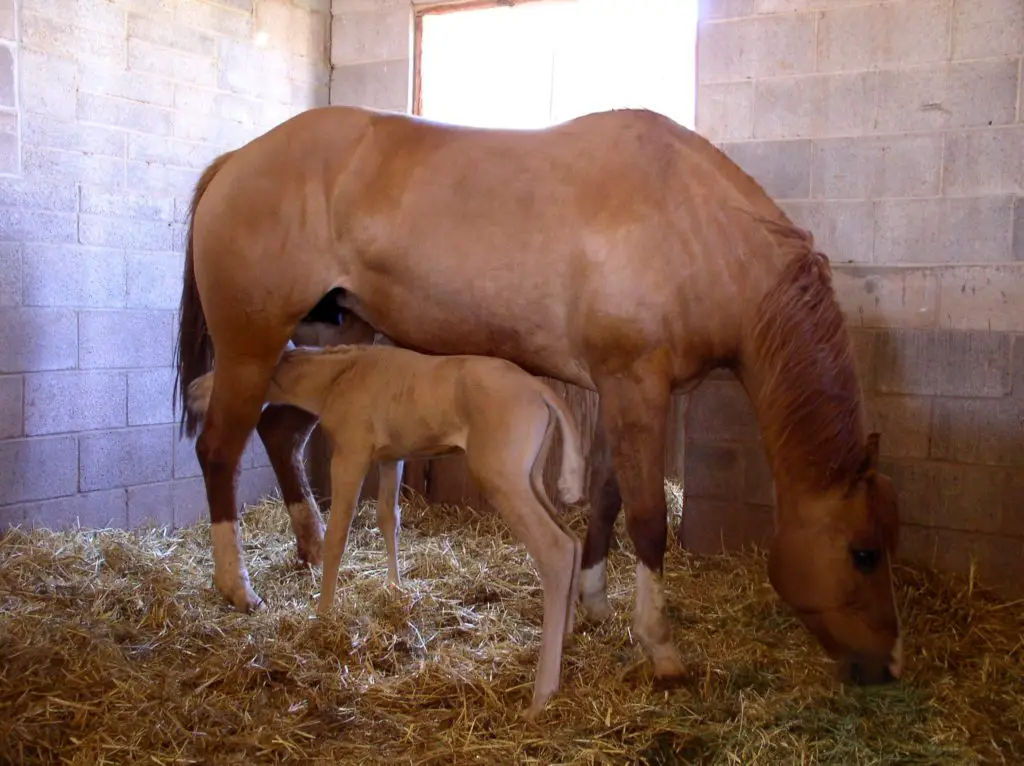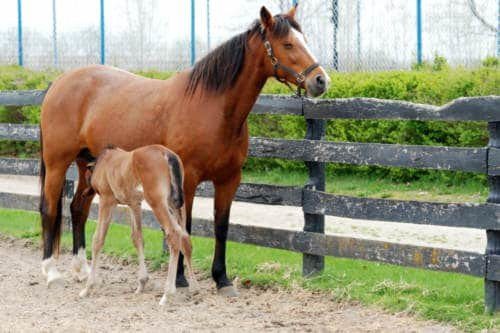At What Age Should I Wean My Foal?
As a horse owner, one of the most important decisions you will make is when and how to wean your foal. Weaning is the process of separating a foal from its mother and transitioning it to a diet of solid food. This can be a stressful time for the foal, the mother, and you the […]

